Teaching an old dog new tricks
Published on June 11th, 2018
by Chris Museler
Bill Lee’s groundbreaking 70 footer Merlin was designed to surf. In 1977, from Los Angeles to Diamond Head, Hawaii, that’s what she did, setting a Transpac Race record that held for more than 20 years.
Merlin has now moved east and June 15 will be on the start line for the Newport Bermuda Race. But there’s a problem: the 635nm stretch of water between the City by the Sea and that island in the Atlantic historically produces reaching and upwind points of sail.
How will this downwind flyer that defined a breed of modern Ultra-Light Displacement Boats be optimized for conditions it was never designed to tackle?
“Before, the sail inventory approach was, ‘Let’s design some really rockin’ spinnakers, and let’s put a jib on there, too,’” says Brian Malone, the boat’s program manager and sailmaker. “Now we have to go upwind. So we’ve been creating a new suite of jibs and putting more attention to not tipping the boat over.”
And tip over is exactly what the 12-foot wide Merlin does when reaching and going upwind. That tippiness combined with her light weight makes pounding upwind more challenging than the average boat as she is nearly stopped in her tracks at times, with little momentum.
The challenge was to create headsails that still drive Merlin through the waves, but that don’t overpower her to the point where she’s on her ear and sliding sideways. The solution, Malone says, is smaller, flatter headsails.
“Merlin has low form stability,” says Malone, who owns the North loft in St. Petersburg, Fla. “We want to make sure the boat is fully up to speed before she heels past her optimum heel angle, then we want to be able to down shift.”
If Merlin is not fully up to speed as she heels in puffs, she will just tip over with “too much torque and not enough horsepower.” Malone says the balance here is between boatspeed, righting moment and angle of heel. “Once the boat hits its upwind target speeds, we have to reduce headsail area pretty quickly.”
Where once there were several large headsails, now the boat has only one genoa and three jibs, the largest of which barely overlaps the 85-foot masthead rig. At around 16 knots apparent wind speed (8 knots true), Merlin is wearing small jibs upwind.
Merlin still carries some big downwind sails—asymmetrical spinnakers on a pole—for her sweet spot of apparent wind sailing downhill at 20 knots in a breeze. A Code Zero is flown from the stem, since the forestay is set back five feet. And a stubby bow sprit handles an A3 spinnaker for heavy running.
Merlin is still 40 years old and it is taking some work to keep her competitive, at least as far as handicap racing is concerned. “Since the ‘70s, she’s been out-designed, out-material-ed, and she’s not a real Grand Prix contender,” says Malone. “Now it makes you think more about rating. It’s against the ethos of the boat. Bill Lee always said, ‘Fast is fun.’ We’re not going to abandon that, but we do have to think about the rating.”
Event information – Race details – Facebook
Source: NBR


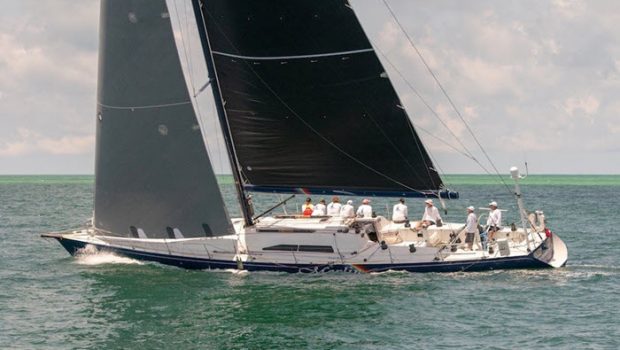


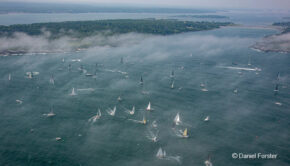
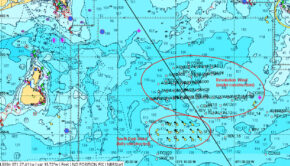
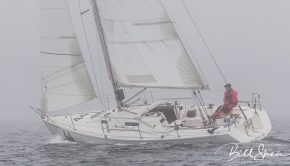
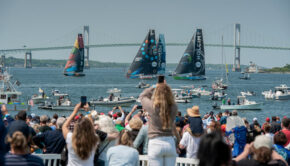
 We’ll keep your information safe.
We’ll keep your information safe.